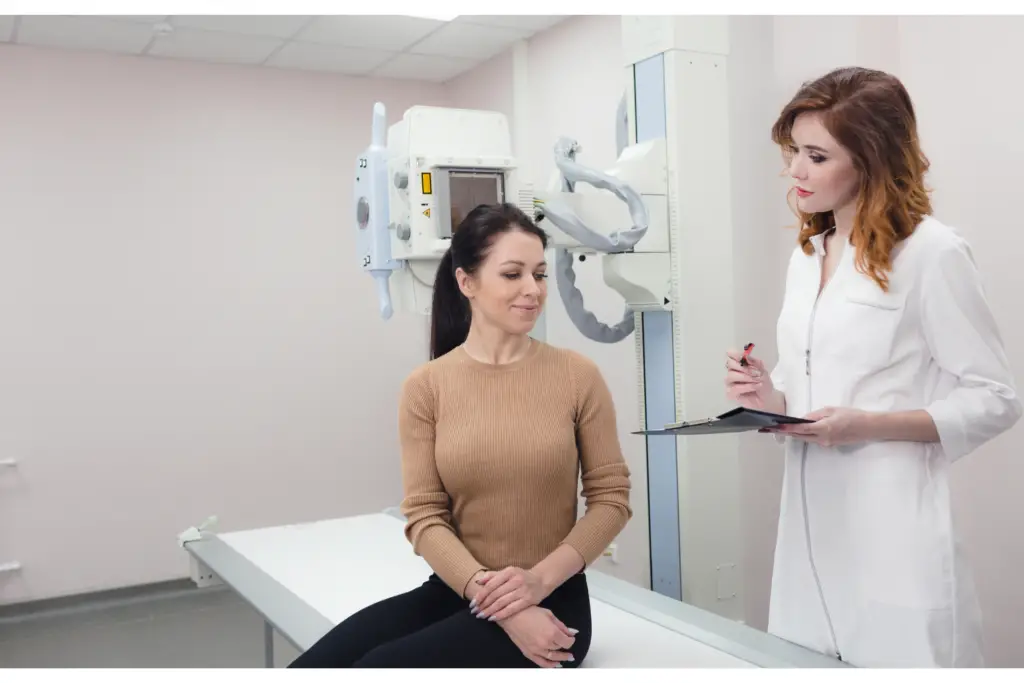In the modern medicine, the role of X-ray technologists is indispensable. These professionals, also known as radiologic technologists, are the backbone of diagnostic imaging. Behind every accurate diagnosis lies the expertise and precision of these individuals. If you’re considering a career in healthcare that combines technology with patient care, then X-ray technologist education might be the path for you.
Understanding X-Ray Technologist Education
X-ray technologist education encompasses a comprehensive curriculum designed to equip individuals with the knowledge and skills necessary to excel in the field of radiology. This education typically begins with a formal training program, which can vary in duration from one to four years, depending on the level of certification desired.
Core Curriculum and Specializations
During their education, aspiring X-ray technologists undergo rigorous training in anatomy, physiology, radiographic positioning, and radiation safety. They also receive hands-on experience in operating X-ray machines and other imaging equipment.
Additionally, many programs offer specialized coursework in areas such as computed tomography (CT), magnetic resonance imaging (MRI), fluoroscopy, and mammography. These specialized skills allow X-ray technologists to further their expertise and pursue advanced career opportunities.
Clinical Internships: Bridging Theory with Practice
A crucial component of X-ray technologist education is the completion of clinical internships. These internships provide students with real-world experience in a clinical setting, allowing them to apply their theoretical knowledge and hone their practical skills under the guidance of seasoned professionals.
Through hands-on training in hospitals, medical clinics, and imaging centers, students gain invaluable exposure to diverse patient populations and imaging techniques. This immersive learning experience prepares them for the challenges and demands of a career in diagnostic radiology.
Certification and Licensure
Upon completing their education and clinical training, aspiring X-ray technologists must obtain certification from a recognized accrediting body, such as the American Registry of Radiologic Technologists (ARRT). Certification requirements typically include passing a comprehensive exam and meeting ongoing education and ethical standards.
In addition to national certification, X-ray technologists must also obtain state licensure, which ensures compliance with local regulations and standards of practice. Licensure requirements vary by state but often include completing an approved education program and passing a state-administered exam.

Career Opportunities and Advancement
Once certified and licensed, X-ray technologists can pursue a variety of career paths in healthcare settings such as hospitals, outpatient clinics, imaging centers, and physician offices. With experience and additional training, they may also advance into leadership roles, teaching positions, or specialized areas of practice.
Conclusion: A Rewarding Path in Healthcare
In conclusion, X-ray technologist education offers a rewarding path for individuals passionate about healthcare and technology. With a strong foundation in both theory and practice, graduates are well-equipped to make a meaningful impact in the field of diagnostic radiology. Whether capturing images that reveal the inner workings of the human body or providing compassionate care to patients, X-ray technologists play a vital role in improving healthcare outcomes and enhancing patient well-being.

